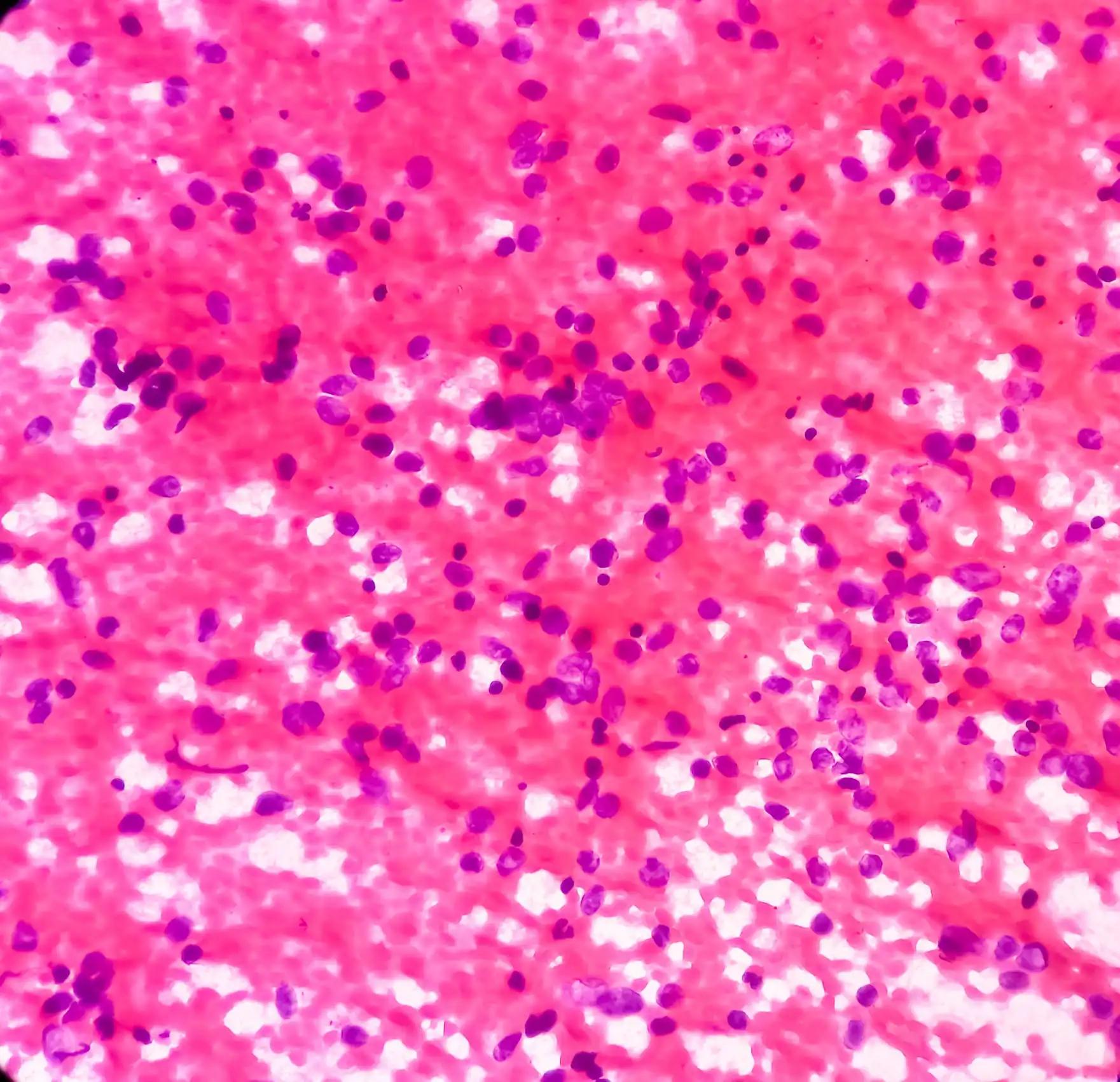KEY TAKEAWAYS
- The study aimed to investigate the efficacy of JP reconstruction compared to RY in improving long-term PGS outcomes in patients undergoing total gastrectomy for gastric cancer.
- Researchers noticed that JP reconstruction post total gastrectomy for gastric cancer is as safe as RY, with potential benefits in reducing PGS dumping syndrome.
Increased survival rates following total gastrectomy for gastric cancer have led to a focus on enhancing long-term postgastrectomy syndrome (PGS) outcomes. The comparative efficacy of J-pouch (JP) reconstruction versus standard Roux-en-Y (RY) in this context remains debatable.
Marco Realis Luc and the team aimed to assess the safety and potential advantages of JP reconstruction after total gastrectomy for gastric cancer, particularly in mitigating postgastrectomy dumping syndrome and heartburn symptoms.
Researchers performed an inclusive analysis through a systematic review with meta-analysis, encompassing studies detailing long-term outcomes of patients undergoing total gastrectomy and JP versus RY esophagojejunostomy for gastric adenocarcinoma.
A comprehensive literature search was conducted across PubMed, Scopus, and Google Scholar databases. Primary endpoints encompassed symptom control, weight loss, eating capacity (EC), and quality of life (QoL) with a minimum follow-up period of 6 months. Safety endpoints were also investigated.
About 892 patients were included from 15 studies (6 randomized controlled trials [RCTs] and 9 non-RCTs): 452 (50.7%) in the JP group and 440 (49.3%) in the RY group. Compared with RY, JP showed a significantly lower rate of dumping syndrome (13.8% vs 26.9%, OR, 0.29; 95% CI, 0.14-0.58; P < .001; I2 = 22%) and heartburn symptoms (20.4% vs 39.0%; OR, 0.29; 95% CI, 0.14-0.64; P = .002; I2 = 0%). Reflux (OR, 0.61; 95% CI, 0.28-1.32; P = .21; I2 = 42%) and epigastric fullness (OR, 0.60; 95% CI, 0.18-2.05; P = .41; I2 = 69%) were similar in both groups. Weight loss and EC were similar between the groups.
The QoL outcome seemed to be burdened by bias. There was no difference in morbidity, mortality, and anastomotic leak rate between groups. Operative time was significantly longer for JP than for RY (271.9 vs 251.6 minutes, respectively; mean difference, 21.55; 95% CI, 4.64-38.47; P = .01; I2 = 96%).
The study concluded that JP reconstruction after total gastrectomy for gastric cancer is comparably safe to RY and may offer benefits in alleviating postgastrectomy dumping syndrome and heartburn symptoms. The study received no funds.
Source: https://pubmed.ncbi.nlm.nih.gov/38445924/
Realis Luc M, Bonomi AM, Carbone F, et al. (2024). “Roux-en-Y with or without jejunal J-pouch reconstruction after total gastrectomy for gastric cancer: systematic review and meta-analysis of long-term functional outcomes.” J Gastrointest Surg. 2024 Mar;28(3):291-300. doi: 10.1016/j.gassur.2023.12.015. Epub 2024 Jan 19. PMID: 38445924.



